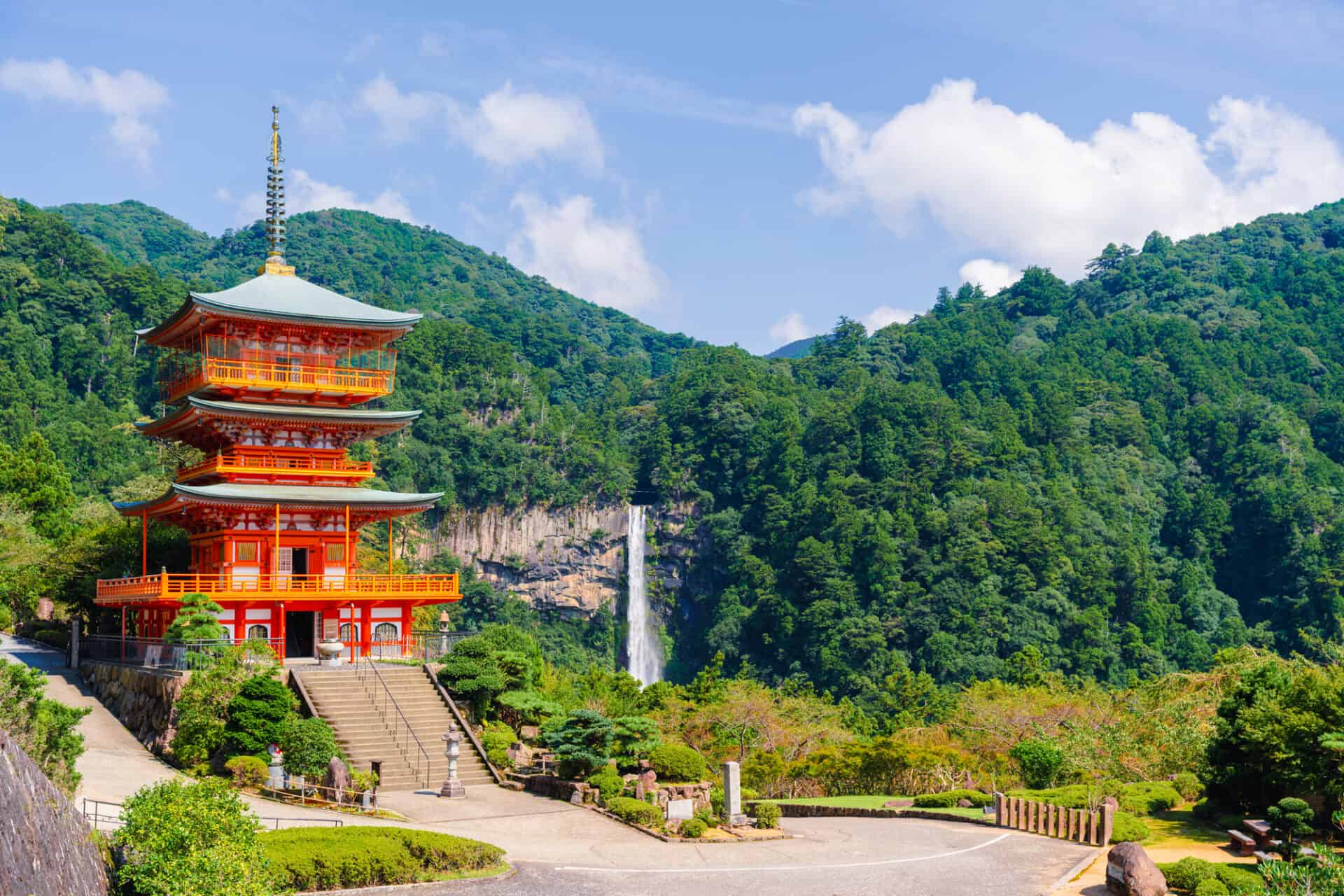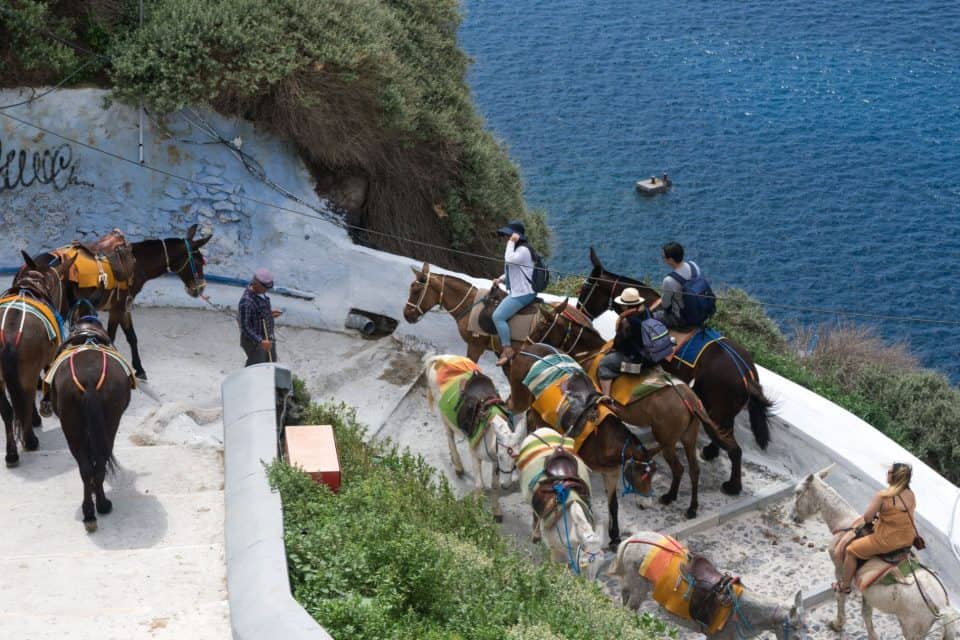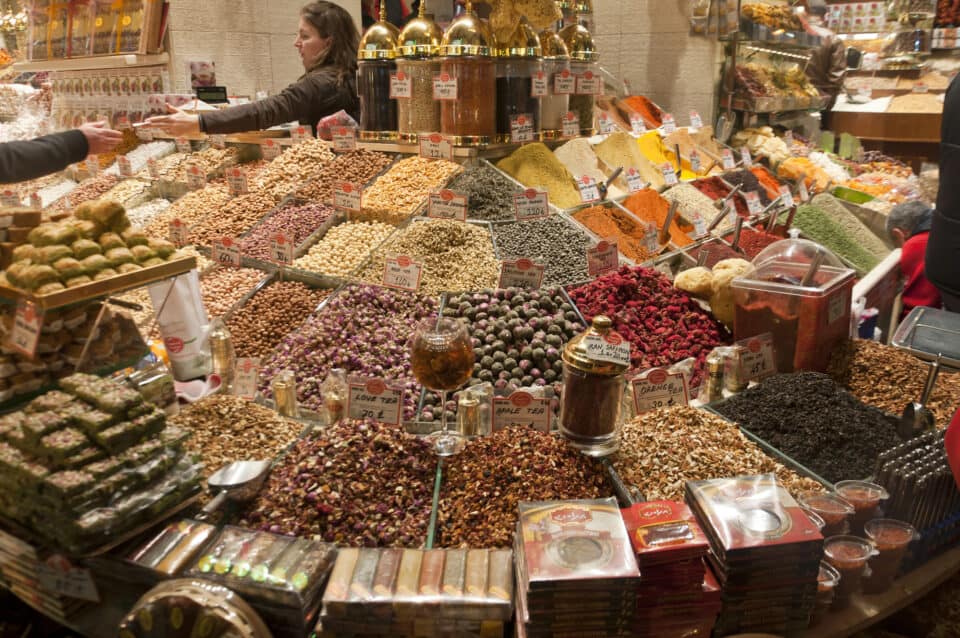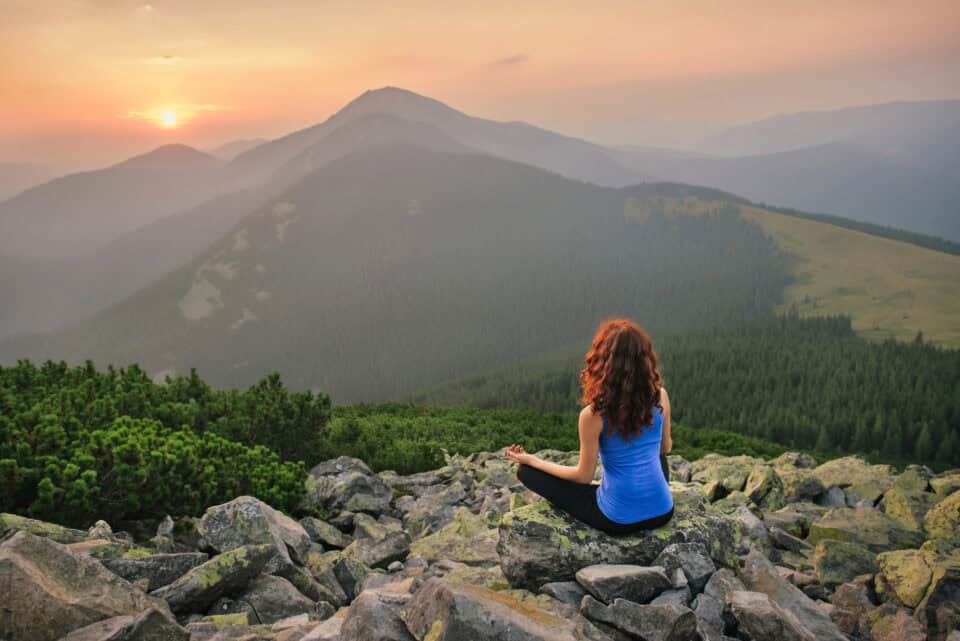Asia is home to a diverse range of landscapes, cultures, and hiking opportunities. Here are some walks and hiking tours in various parts of Asia:
1. Everest Base Camp Trek, Nepal:
The most popular trekking in Nepal starts and ends at the town of Lukla. Explore the breathtaking Himalayas, pass through Sherpa villages and enjoy panoramic views of Everest and surrounding peaks. To trek in the Everest region, you will need specific permits, including the Sagarmatha National Park Permit and the TIMS (Trekkers’ Information Management System) card. The best trekking seasons are spring (March to May) and autumn (September to November) when the weather is relatively stable, with clear skies and moderate temperatures. Trekking in the Nepal Himalaya, specifically to Everest Base Camp, is an experience that combines breathtaking natural beauty, cultural immersion, and a sense of accomplishment. It requires physical preparation, mental determination, and a respect for the environment and local communities. Embarking on this trek will provide you with unforgettable memories and a profound appreciation for the magnificence of the Everest region.
2. Annapurna Circuit, Nepal:
Take a bus from Kathmandu or Pokhara to starting point Besisahar. Circle the Annapurna massif, crossing high mountain passes, subtropical valleys, and experiencing Nepal’s rich cultural diversity. The trek concludes in Jomsom or Nayapul, depending on the chosen variant. Some popular side trips include a detour to Tilicho Lake, the world’s highest altitude lake, and the Annapurna Base Camp trek, which takes you to the heart of the Annapurna Sanctuary. To trek in the Annapurna Conservation Area, you will need to obtain the Annapurna Conservation Area Permit (ACAP) and the TIMS (Trekkers’ Information Management System) card. The best times to trek are during the autumn (September to November) and spring (March to May) seasons when the weather is generally favorable with clear skies and moderate temperatures. The Annapurna Circuit involves gaining significant altitude, reaching a maximum point of 5,416 meters at Thorong La Pass.
3. Tiger’s Nest Monastery Trek, Bhutan:
Hike to the iconic Taktsang Palphug Monastery, commonly known as the Tiger’s Nest Monastery, perched on a cliffside, enjoying stunning views of the Paro Valley and the surrounding Himalayan mountains. It offers a unique opportunity to experience the enchanting atmosphere of one of Bhutan’s most revered sites and to witness the harmony between nature and religious devotion. The hike takes three to four hours, depending on your pace. The Tiger’s Nest Monastery holds immense spiritual significance for the Bhutanese people. It is believed to be the sacred site where Guru Rinpoche, the 8th-century Buddhist master, meditated and introduced Buddhism to Bhutan. The monastery is a revered pilgrimage site and a symbol of Bhutan’s religious and cultural heritage. When visiting the Tiger’s Nest Monastery, it is important to dress modestly and respectfully. Both men and women should wear clothing that covers their shoulders, arms, and legs. Visitors are expected to remove their shoes and hats before entering the monastery complex as a sign of respect.
4. Great Wall of China, China:
Trek along sections of the Great Wall, such as the Jiankou or Jinshanling sections, for unique views and historical exploration of one of the world’s most iconic landmarks. Hiking the entire wall from Shanhaiguan to Jiayuguan, takes at least five months. The Great Wall traverses diverse landscapes, including mountains, hills, valleys, and meadows. Trekking offers an opportunity to interact with local communities and experience Chinese culture. Spring (April to June) and autumn (September to November) are generally considered the best seasons for trekking, with moderate temperatures and pleasant weather. Exploring this incredible ancient wonder on foot allows you to appreciate its grandeur and experience the awe-inspiring landscapes that surround it.
5. Kumano Kodo, Japan:
Experience Japan’s ancient pilgrimage routes, winding through forests, mountains, and historic shrines. The route starts from Tanabe on the western coast of the Kii Peninsula. The Kumano Kodo consists of several interconnected trails that have been used for over 1,000 years by pilgrims visiting the three Grand Shrines of Kumano: Kumano Hongu Taisha, Kumano Nachi Taisha, and Kumano Hayatama Taisha. These trails offer a unique opportunity to follow in the footsteps of ancient worshippers and experience Japan’s spiritual traditions. There are four main routes of the Kumano Kodo, each with its distinctive features and attractions. The Nakahechi Route is the most popular and historically significant, starting from the city of Tanabe and leading to Kumano Hongu Taisha. The Kohechi Route connects Kumano Hongu Taisha to Kumano Nachi Taisha, while the Iseji Route connects to the Ise Grand Shrine. The Omine Okugake Route is the most challenging and remote. The Kumano Kodo is deeply rooted in Shinto and Buddhist beliefs. As you trek along the trails, you’ll have time for reflection, meditation, and introspection. Many pilgrims find solace and a sense of tranquility while walking amidst nature and visiting the sacred sites along the way.

6. Mount Fuji, Japan:
Ascend Japan’s highest peak to witness sunrise from the summit and enjoy views of surrounding landscapes. The four routes to climb Mount Fuji: Subashiri, Yoshida, Gotemba and Fujinomiya. The official climbing season for Mount Fuji, also known as Fuji-san, is from early July to mid-September when the weather is more stable. During this period, all the mountain huts and facilities are open. It is advisable to make reservations in advance, especially during the peak climbing season. Mount Fuji holds great cultural significance in Japan and has been an inspiration for artists, poets, and writers for centuries. It is deeply revered as a sacred mountain and is an important symbol in Japanese art and literature. Climbing Mount Fuji is considered a pilgrimage and a personal challenge for many. After descending from Mount Fuji, many trekkers visit the natural hot springs (onsen) located at the base of the mountain to relax and rejuvenate.
7. Mount Kinabalu, Malaysia:
Conquer Southeast Asia’s highest peak, located in Kinabalu National Park on the island of Borneo (Sabah), and experience diverse ecosystems and stunning sunrise views. Mount Kinabalu stands tall at 4,095 meters (13,435 feet) and is known for its distinctive granite peaks, steep slopes, and diverse ecosystems. There are two main climbing routes for Mount Kinabalu: the Timpohon Trail and the Mesilau Trail. The Timpohon Trail is the most popular and commonly used route, known for its well-defined path and various rest points. The Mesilau Trail is longer and more challenging, offering a more adventurous and less crowded alternative. The summit climb of Mount Kinabalu begins in the early hours of the morning, typically around 2 or 3 a.m. This is to ensure reaching the summit, known as Low’s Peak, in time for the spectacular sunrise.
8. Himalayan Trails, India:
Trek through the Indian Himalayas, with options like the Markha Valley Trek in Ladakh or the Valley of Flowers Trek in Uttarakhand (July and August are the best months, when the flowers are in full bloom). The Indian Himalayas are home to some of the world’s highest and most famous peaks, including Mount Everest, Kanchenjunga and Nanda Devi, and are dotted with pristine high-altitude lakes, like Pangong Tso, Tsomgo Lake and Chandratal, that captivate trekkers with their breathtaking beauty. The Himalayan trails in India are blessed with rich biodiversity, housing a wide range of flora and fauna. Wildlife enthusiasts may encounter various species, including snow leopards, Himalayan monal pheasants, musk deer and langurs. In addition to their natural beauty, the Himalayan regions of India are known for their vibrant culture and spiritual traditions. Trekking is generally done during the summer and autumn months (May to October). The region’s natural beauty, spiritual ambiance, and diverse ecosystems make it a paradise for nature enthusiasts.
9. Gunung Rinjani, Indonesia:
Hike to the summit of Rinjani, a volcano on Lombok Island, the second-highest volcano in Indonesia. The village of Sembalun or the village of Senaru are the two starting points to climb Gunung Rinjani. Both routes offer different scenery, with the Senaru route being more scenic and the Sembalun route being less crowded. The volcano stands tall at 3,726 meters (12,224 feet) and offers awe-inspiring views from its summit. It is known for its majestic crater lake called Segara Anak, which is nestled within the volcano’s caldera. The summit provides breathtaking panoramic views of Lombok, neighboring islands, and even Bali on clear days. The trek starts from Rinjani National Park, a protected area that encompasses the volcano and its surrounding forests. The park is home to a diverse range of flora and fauna, including unique species of birds, monkeys, deer, and orchids. The ascent typically takes two to three days, with overnight camping along the way. Gunung Rinjani holds great cultural significance for the Sasak people, the indigenous inhabitants of Lombok. They consider the volcano to be sacred and believe it to be the abode of the gods. Throughout the trek, you may encounter cultural sites, religious ceremonies, and offerings made by locals.
10. Phong Nha-Ke Bang National Park, Vietnam:
Explore lush landscapes, ancient big caves, and underground rivers in this UNESCO-listed park. You can travel by train from Hanoi to Phong Nha Ke Bang. The national park is famous for its extensive cave systems, with Hang Son Doong being the world’s largest cave. While not all caves are accessible for trekking, there are several caves that can be explored, such as Paradise Cave, Phong Nha Cave, and Dark Cave. These caves offer unique geological formations, underground rivers, and awe-inspiring stalactites and stalagmites. Whether you prefer short day hikes or multi-day treks, there are options available. Popular trekking routes include the Phong Nha Botanical Garden Trail, the Nuoc Mooc Eco-Trail, and the Hang En Cave Trek. Trekking in the park allows you to experience the lush forests, spot colorful birds, butterflies, and maybe even catch a glimpse of larger wildlife like macaques, langurs, and civets. In Phong Nha-Ke Bang National Park, you have the option to stay in local homestays in nearby villages. This provides an opportunity to connect with the local people, learn about their traditional way of life, and experience their warm hospitality. Phong Nha-Ke Bang National Park is committed to promoting responsible tourism and preserving the natural environment. It’s important to follow park regulations, stay on designated trails, and respect the local culture and traditions. Avoid littering and leave no trace behind to help preserve the park’s pristine beauty for future visitors.
Visit our hiking holidays page for more information about the best hiking destinations,
This article is part of the series by Conscious Travel Guide, your resource for mindful globetrotting.


